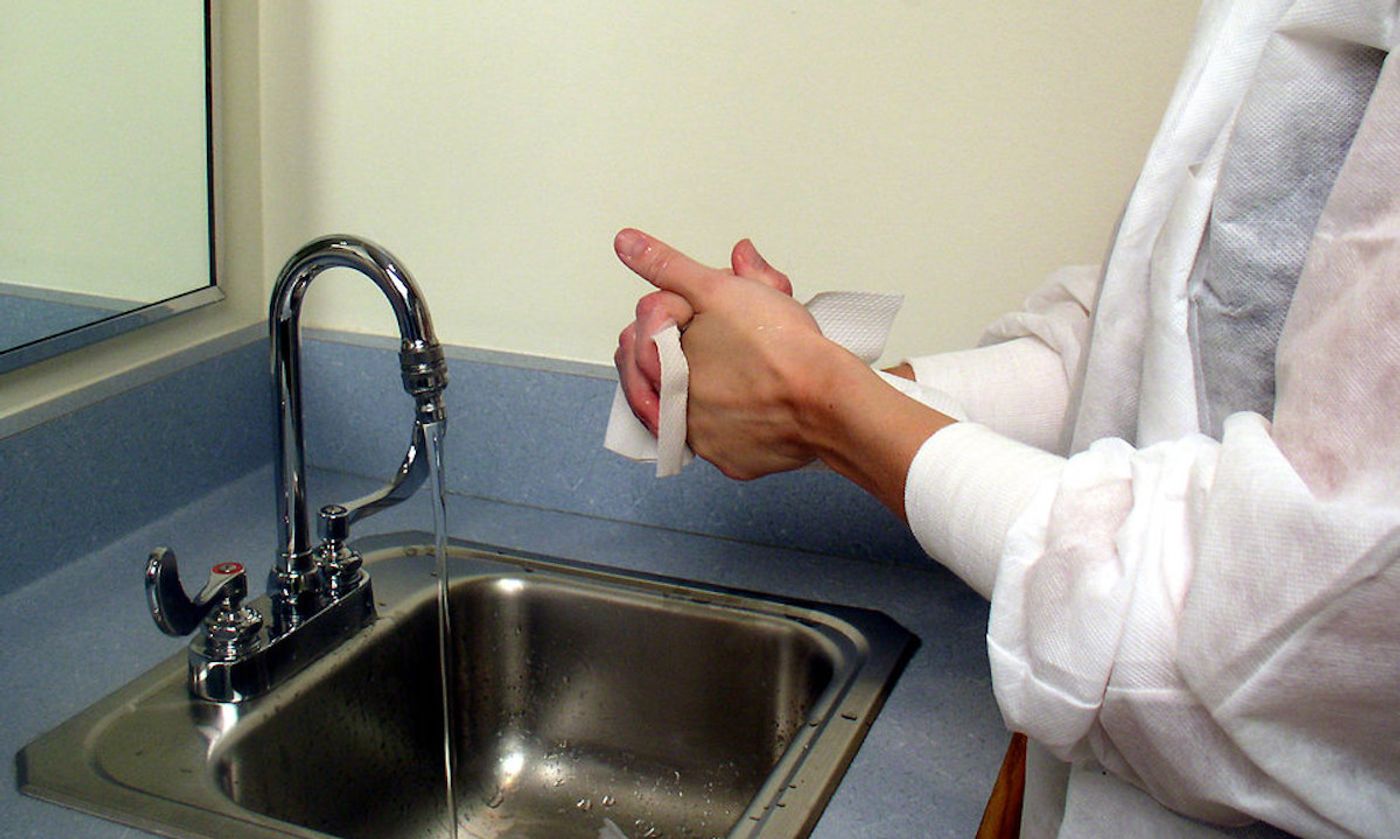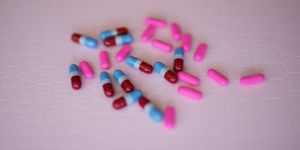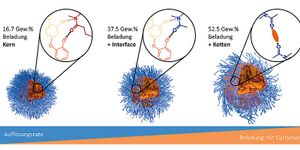Pathogenic E. coli Tends to Come From Poor Hygiene, Not Contaminated Food
A new study has shown that antibiotic-resistant E. coli spreads primarily because of poor hygiene; hands that are not thoroughly washed after a person uses the toilet are far more likely to spread the pathogen than contaminated food. The research, by a team of scientists at the University of East Anglia (UEA), has been reported in The Lancet Infectious Diseases.
Escherichia coli bacteria is a normal resident of the gastrointestinal tract of animals and humans, and many strains of the microbe are relatively harmless. However, some can cause serious infections in the urinary tract and when they are displaced from the gut during surgery, for example. Some pathogenic strains of the microbe have become resistant to typical antibiotics, especially those that carry enzymes called extended-spectrum beta-lactamases (ESBLs), which can destroy antimicrobial drugs. The infections they cause can get very dangerous when they enter the bloodstream.
"E. coli bacteria normally live in the intestines of healthy people and animals. Most varieties are harmless or cause brief diarrhea," said the lead study author Professor David Livermore of UEA's Norwich Medical School. "But E. coli is also the most common cause of blood poisoning, with over 40,000 cases each year in England alone. And around ten percent of these cases are caused by highly resistant strains with ESBLs.
"Infections caused by ESBL-E. coli bacteria are difficult to treat. And they are becoming more common in both the community and hospitals. Mortality rates among people infected with these superbug strains are double those of people infected with strains that are susceptible to treatment."
In this study, the scientists wanted to know where antibiotic-resistant strains of E. coli that infect the bloodstream were coming from. They performed genomic sequencing on antibiotic-resistant E. coli from various places around the UK, including samples from patients with bloodstream infections, human sewage or feces, and animal products including various meats, fruits, and vegetables.
They found that the so-called superbugs that infect blood and resist antibiotics were most similar to the strains collected from sewers and fecal samples. One strain, called ST131 was prevalent as an ESBL-E. coli in the human samples. While antibiotic-resistant strains were also identified in cattle, chicken, and animal slurry samples, they were very different from those found in the human samples; few ESBL strains were crossing from animals to humans.
"We found ESBL-E. coli in 65 percent of retail chicken samples - ranging from just over 40 percent in Scotland to over 80 percent in Northwest England. But the strains of resistant E. coli were almost entirely different from the types found in human feces, sewage, and bloodstream infections," said Livermore. "Only a very few beef and pork samples tested positive, and we didn't detect ESBL-E. coli at all in 400 fruit and vegetable samples - many of which were imported to the UK.
"The great majority of strains of ESBL-E. coli causing human infections aren't coming from eating chicken, or anything else in the food chain. Rather - and unpalatably - the likeliest route of transmission for ESBL-E. coli is directly from human to human, with fecal particles from one person reaching the mouth of another," Livermore continued.
"We need to carry on cooking chicken well and never to alternately handle raw meat and salad. There are plenty of important food-poisoning bacteria, including other strains of E. coli, that do go down the food chain. But here - in the case of ESBL-E. coli - it's much more important to wash your hands after going to the toilet. "And it's particularly important to have good hygiene in care homes, as the most of the severe E. coli infections occur among the elderly."
Sources: AAAS/Eurekalert! via University of East Anglia, The Lancet Infectious Diseases









